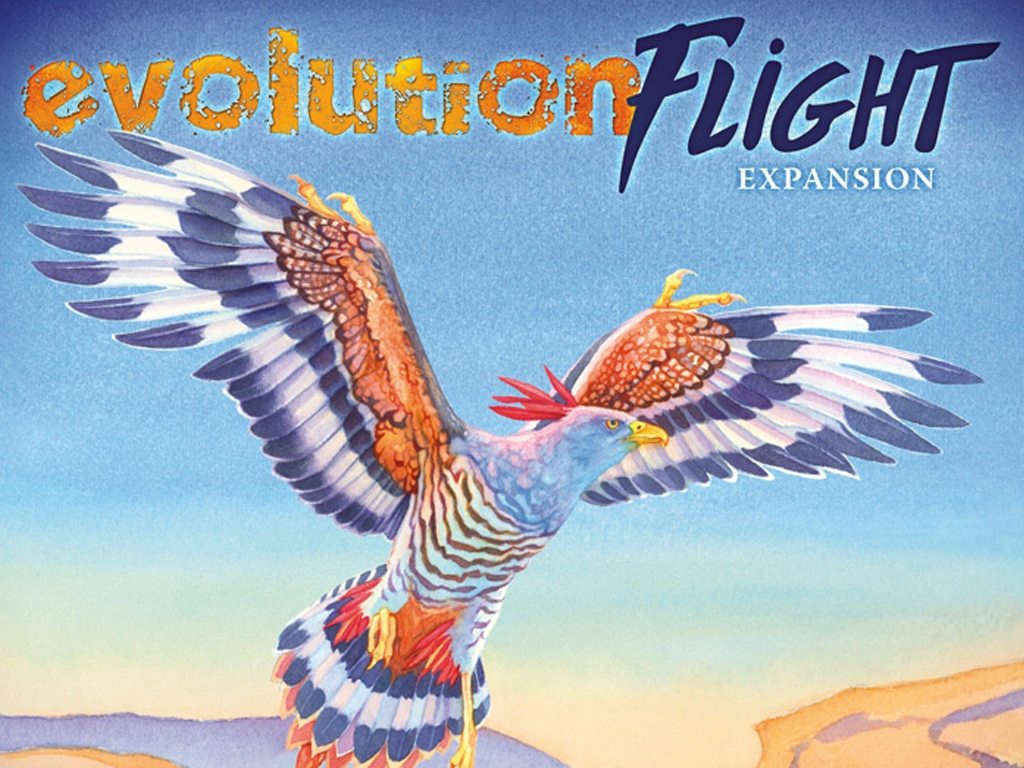
Image: NASA.gov
The most epic science fiction fantasy is about to come true. For the first time ever a human-built vehicle is leaving the entire solar system behind. This is huge. The daily news cycle may mention it in passing along with some nice images. Your kids may hear about it in class. Most people on this lovely blue-green planet won’t even know what our species has accomplished. Experts say it could happen any time, most likely within a year.
Thirty-five years ago NASA launched probes designed to explore our solar system. Perhaps to confuse historians, Voyager 2 blasted off first on August 20, 1977. Voyager 1 followed on September 7. They’re going where we’ve never been before. We’re talking interstellar space, people. That’s defined as “the space between stars.” The whole futuristic thing? It’s arriving.
We’re doing it with 1977 technology too. That year, before many of our readers and writers were born, our species toddled toward greater innovations. For the first time optical fiber was used to carry telephone traffic. New technology debuted, such as Commodore PET, Tandy TRS-80, and Apple II series computers. The Atari 2600 was released. And (coincidence?) Star Wars opened.

We sent our Voyager spacecraft off powered by computers with 80 kilobytes of memory, using software without data storage capability. (They rely on relics known as tape recorders.) Despite weak signal power, information is sent from both Voyagers daily. So far that totals five trillion bits of scientific data.
Over time some of the instruments have been turned off to save energy but not before both Voyagers sent back remarkable, never-before-seen images of our solar system. Thanks to Voyager drive-bys we more fully understand the far-off worlds of Jupiter, Saturn, Uranus, and Neptune. Science is still mulling over the data.
Then in 1990, as Voyager 1 moved ever farther from us, Ground Control directed the craft to turn around so its cameras could photograph the planets. From that vast distance, Earth appeared only as a point of light in the darkness. The image was titled “pale blue dot.” It inspired Carl Sagan to give a lecture and later to write a book titled Pale Blue Dot: A Vision of the Human Future in Space.
The Voyager crafts weren’t actually intended to do more than a planet hop for five years. But as we’ve seen, those unsung NASA types take their jobs seriously. They designed the probes to do a lot with a little. The program weathered funding cuts, even a Bush-era threat to end the entire program, and as money trickled in NASA reprogrammed the spacecraft to keep going.
The total cost of the Voyager missions from planning in 1972 to today (including launch vehicles, power source, and tracking support) comes to $865 million. This equals about eight cents per U.S. citizen per year. To put it another way, we’re cracking interstellar space for a fraction of the $6 billion the 2012 U.S. political campaigns are estimated to cost.

Voyager 1 is now about 11 billion miles from the sun and heading north. Voyager 2 is about 9 billion miles from the sun, heading in a southerly direction. They are on the outer reaches of the heliosphere, which is a huge bubble of charged particles emanating from the sun.
They carry more than 70’s era equipment. Before the spacecraft were launched, Carl Sagan chaired a committee to determine what message we humans should send to beings who might eventually come across the Voyagers. That’s why each Voyager carries sounds and images from earth on gold-plated copper disks, electroplated with uranium-238. They’re called Golden Records. They include diagrams of DNA, maps of the Earth, greetings in 55 languages, sounds like a chimpanzee’s call, images of people engaged in daily activities, and music such as blues by Blind Willie Johnson and a concerto by Bach. One of the messages is by President Jimmy Carter, which says in part,
“This is a present from a small, distant world, a token of our sounds, our science, our images, our music, our thoughts and our feelings. We are attempting to survive our time so we may live into yours. We hope someday, having solved the problems we face, to join a community of galactic civilizations. This record represents our hope and our determination, and our good will in a vast and awesome universe.”
May it be so. May the force be strong.




